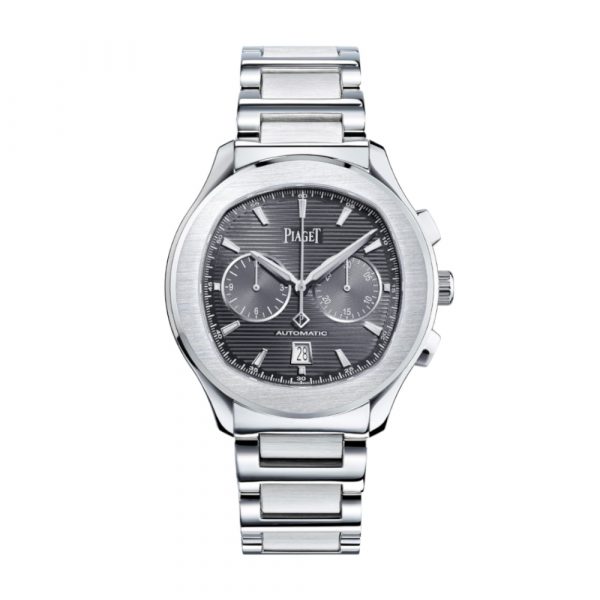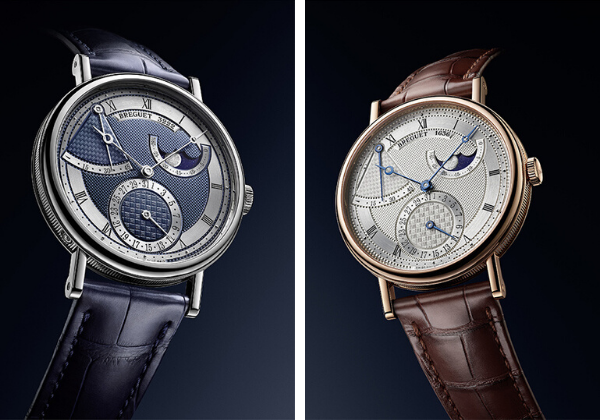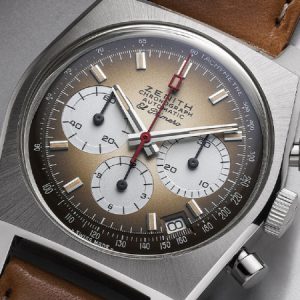Guilloche Finishing — The dial is the face of your watch, the part of the watch that we look at the most and to which we develop an emotional relationship with. These watch dials, which are only a few millimetres thick, carry the individual styles of each watchmaker, function, in many ways, as the face of the companies themselves.
Along with the many types of mechanism finishing, watchmakers have devoted equal attention to dial finishing techniques throughout history. After all, the gears and springs of the movement are unreadable to the untrained eye without the dial and its various ticks, indexes, windows, and sub-dials.

These dial finishing processes, like so many other areas of watchmaking, are a mix of art, human talent, and engineering. A dial is nothing more than a highly polished brass, silver, or other metal “blank” before an artist begins sculpting it.
The dial’s texture, pattern, and structure are then added by the application of finishes, converting the unmarked metal into a work of art through a combination of creativity and ingenuity. Techniques like guilloche finishing have been passed down from generation to generation, and the present generation is just as happy to carry on the heritage as they are eager to guarantee it is carried on.
The most traditional form of dial finishing is engine turning, often known as guilloché in French.

Engine turning, according to Joshua Shapiro, an American watchmaker who specializes in the guilloché, is the “process of carving geometric designs into metal with a sharp cutting tool.”
A rose engine machine is used to engrave a precise, repeating pattern onto a metal blank to make a dial using this technique. Mesmerizing rosettes, basketweave patterns, and diamond “hobnail” forms are examples of these motifs.
Engine turning dates back to the seventeenth century as a style of ornamentation for a variety of items. Rose engine devices are enormous, costly, and hand-operated, implying that this method was exclusively decorative, reserved for the rich.
![]()
This approach was applied to watches, as George Daniels states in his book, Watchmaking, that “the intricacy of the labor and the talents required limited the method to the most expensive hand-made timepieces.”
In 1680, a Genevan watchmaker called Pierre Duhamel created the first engine-turned watch. Abraham-Louis Breguet began using engines turning on his dials more than half a century later. Although he may not have been the first to employ engines turning on watch displays, Breguet’s pocket watches were so popular that he promoted the technique’s growth and improvement.
Furthermore, due to the complexity of his motions, he would frequently utilize a variety of patterns to assist distinguish between the many sub-dials of the complexities.
Guilloché became increasingly popular with the beginning of the Industrial Revolution at the start of the twentieth century, when motor turning devices could be mass manufactured. The method made its way into wristwatches by the 1930s, and it may still be seen in many watches today.
If you are interested in Guilloché finishing watches, visit the nearest The Time Place boutique for more information.



